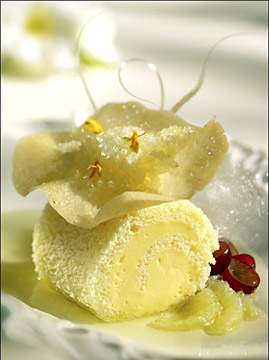
|
|||
Photographic Lighting - Photography Light Source SizePhotographic Light source size is a very important aspect of professional photography lighting. Amateur photographers tent to gravitate toward larger and larger light source sizes, where most professional photographers realize how much more effective the use of smaller light sources can be.
Some Photographers prefer smaller lighting equipment. Bigger is not always better? You know what they say, it’s not the size of the wave, it’s the motion of the ocean. This concept not only applies to lesser endowed males, but also to food photography lighting. When it comes to source size for lighting food, or any type of a photographic subject, bigger is not always better. The advantage to using larger light sources is that it tends to be a little safer, more forgiving and easier to use. Bigger light sources tend to make softer shadows and a more gradual conversion form: in light? to in shadow? across the subject matter, which sometimes is more appealing than the contrasty look created by a larger light source. (follow that?) The big disadvantage in using larger light sources is that the larger the source, the less texture it tends to create. The smaller light source tends to create itty bitty shadows across a surface, where the larger source tends to automatically fill in the shadows. The best way to create texture in the studio is to ?scrape? light across the desired surface. The smaller the light, the more texture you end up with. (given the same amount of fill) The more texture you get, the more drama you create. |
|||
|
(tangent subject – one of the tough things you will find in professional photography is translating your clients words into the photographic image. Drama is one of those words. Drama usually translates to using a small light, without much fill light, and at a harsh angle so that much of the subject is in shadow.) Another nice thing about using small lights, is that you can intentionally cast shadows across the image (as in the background of the image supplied above.)
|
|
||
|
|
|||
